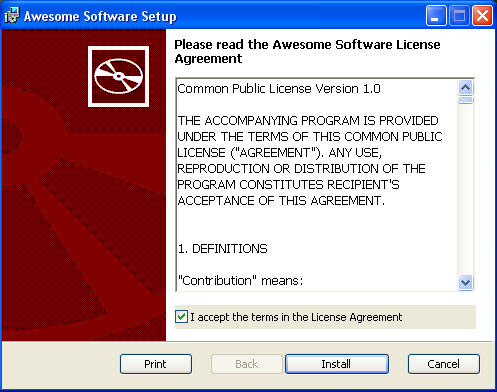Overview of this book
WiX is an open source project and a toolset that builds Windows installation packages from XML source code. WiX, which is used internally by Microsoft and by many companies around the World, simplifies many of the installation tasks that used to be shrouded in mystery. The tool set provides a command-line environment that you can integrate into your old-style build processes or you can use the newer technology from inside integrated development environments to build your setup packages. You'll find that you understand your installer better, can create it in less time, and save money in the process. No one really wants to devote a lifetime to understanding how to create a hassle-free installer for any software.
This hands-on guide takes the mystery out of Windows Installer by showing how simple XML elements can be leveraged to create a sophisticated install package. By relying on Microsoft standards, you'll be able to use features like Property elements to customize your application's entry in Add/Remove Programs, the Shortcut element to create Start menu shortcuts, and other specialized elements for building upgrade and patch support and more.
This book will show you the fundamental ingredients needed to build a professional-grade installer using Windows Installer XML. The initial chapters will introduce you to the set of required elements necessary to build a simple installer. We'll then explore those basic elements in more detail and see how best to use them in the real world.In the ensuing chapters, you'll move on to learn about adding conditions that alter what the user can install, then how to add actions to the install sequence and how to author a user interface. We'll move on to advanced topics such as editing data in the Windows Registry, installing a Windows service, and building your project from the command line. Finally, you'll learn to localize your package for different languages and detect older versions during upgrades. Each chapter uses to-the-point examples to illustrate the best way to use the language.




